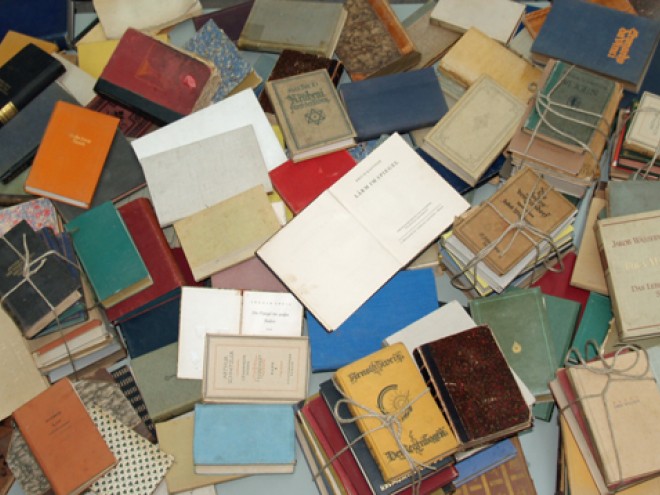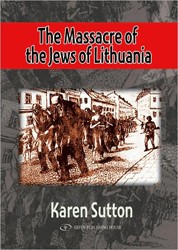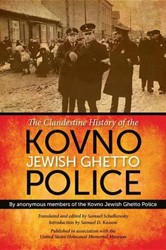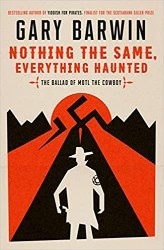This volume was published in Hebrew by Yad Vashem in l962. Gefen Publishing has performed an important service for academic researchers and the larger non-Hebrew-speaking public by producing the first English-language translation of The Story of an Underground: The Resistance of the Jews of Kovno in the Second World War by Israeli scholars Dov Levin and Zvie A. Brown. After fifty-two years, Levin’s and Brown’s work remains the most comprehensive history of the creation of Jewish resistance in the Kovno Ghetto. The authors, both members of the prewar Hashomer Hatzair socialist-Zionist movement, survived the Ghetto and fought against the Germans and their Lithuanian allies in the forests of Lithuania for two years.
Utilizing the extensive German files at Yad Vashem and verbal testimonies of other Jewish partisans, along with memoirs of other survivors of the Kovno Ghetto, the authors describe “the first steps of the organized Jewish underground in the Ghetto, the underground’s desperate search for allies outside the Ghetto fence and its first efforts to establish a base of support for partisan activities in the nearby Rudniki forests.” The work provides an excellent description of the underground’s efforts to train selected youth inside the Ghetto for partisan warfare, including lessons on how to use various Russian rifles and pistols, as well as Molotov cocktails.
In spite of the sharp political differences that divided the Jewish partisans in Kovno — ranging from Revisionist Zionists (Betar) to the Jewish Communists — Levin and Brown treat each faction fairly. As for the Soviet partisans that would eventually absorb between 600 to 1200 Jewish fighters from the Ghetto, what counted most was that Jews arrived at their underground camps fully armed and trained.
To break out of the Ghetto, the partisans required the close cooperation of the Jewish Police, an agency of the Jewish Council of Elders. Here Levin and Brown portray the Jewish Police in largely positive terms, observations that have been confirmed in the more recent work, The Clandestine History of the Jewish Ghetto Police (Indiana University Press, 2014). Unlike most Jewish policemen in the Warsaw and Lodz ghettos, the Jewish Police in Kovno were strongly anti-German and often risked their own lives to permit smugglers to bring weapons, medicine, and food to the Underground command.
The Red Army liberated Vilna in late July and Kovno on August 1, 1944. For the surviving Jewish partisans, these victories were bittersweet.
Related Content:
Carl J. Rheins was the executive director emeritus of the YIVO Institute for Jewish Research. He received his Ph.D. in Modern European History from the State University of New York at Stony Brook and taught courses on the Holocaust at several major universities.





